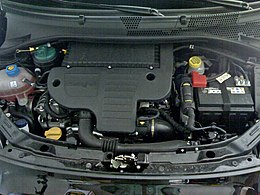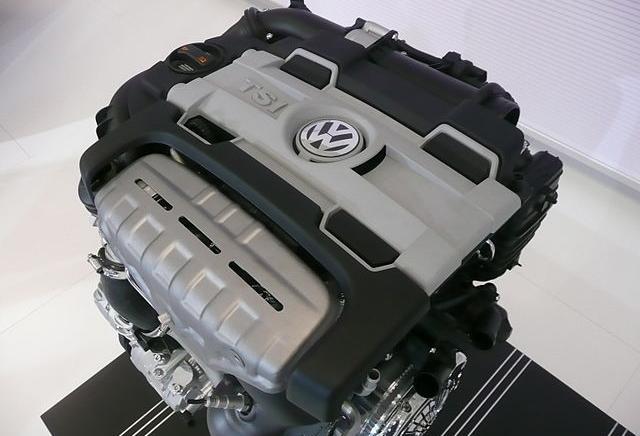
I will explain how the differential works in practice. Why does one wheel slip, but the car does not move?
Content
The differential is one of the devices used almost since the beginning of motorization in all passenger cars, and only some electric vehicles may not have it. Although we have known him for more than 100 years, still no more than 15-20 percent. people understand its operation in practice. And I'm only talking about people who are interested in the automotive industry.
In this text, I will not focus on the design of the differential, because it does not matter for understanding the practical work. The simplest and most common mechanism with bevel gears (crowns and satellites) works in such a way that always distributes torque, in any traffic situation equally on both sides. This means that if we have a uniaxial drive, then 50 percent of the moment goes to the left wheel and the same amount to the right. If you've always thought differently and something doesn't add up, just accept it as the truth for now.
How does the differential work?
In a turn, one of the wheels (inner) has a shorter distance and the other (outer) has a longer distance, which means that the inner wheel turns slower and the outer wheel turns faster. To compensate for this difference, the car manufacturer uses a differential. As for the name, it distinguishes the speed of rotation of the wheels, and not - as the vast majority thinks - torque.
Now imagine a situation where the car is traveling straight at speed X and the drive wheels are spinning at 10 rpm. When the car enters a corner, but the speed (X) does not change, the differential works so that one wheel spins, for example, at 12 rpm, and then the other spins at 8 rpm. The average value is always 10. This is the compensation just mentioned. What to do if one of the wheels is lifted or placed on a very slippery surface, but the meter still shows the same speed and only this wheel is spinning? The second one stands still, so the raised one will do 20 rpm.
Not all the moment is spent on wheel slip
So what happens when one wheel is spinning at high speed and the car is standing still? According to the principle of torque distribution 50/50, everything is correct. Very little torque, say 50 Nm, is transferred to a wheel on a slippery surface. To start you need, for example, 200 Nm. Unfortunately, the wheel on sticky ground also receives 50 Nm, so both wheels transmit 100 Nm to the ground. This is not enough for the car to start moving.
Looking at this situation from the outside, it feels like all the torque goes to the spinning wheel, but it's not. Only this wheel is spinning - hence the illusion. In practice, the latter also tries to move, but this is not visible.
Summing up, we can say that the car in such a situation cannot move, not because - to quote the Internet classic - "all the moment on the spinning wheel", but because all the moment that this non-slip wheel receives has value. spinning wheels. Or another - there is simply too little torque on both wheels, because they receive the same amount of torque.
The same thing happens in an all-wheel drive car, where there is also a differential between the axles. In practice, it is enough to lift one wheel to stop such a vehicle. So far, nothing is blocking any of the differentials.
More information to confuse you
But seriously, until you understand the above, it is better not to read further. It's true when someone says that all the power goes to the spinning wheel on slippery ground (not all the time). Why? Because, in simple terms, power is the result of multiplying torque by the rotation of the wheel. If one wheel is not spinning, i.e. one of the values is zero, then, as with multiplication, the result must be zero. Thus, a wheel that is not spinning does not actually receive energy, and energy only goes to the spinning wheel. Which doesn't change the fact that both wheels are still getting too little torque to start the car.

